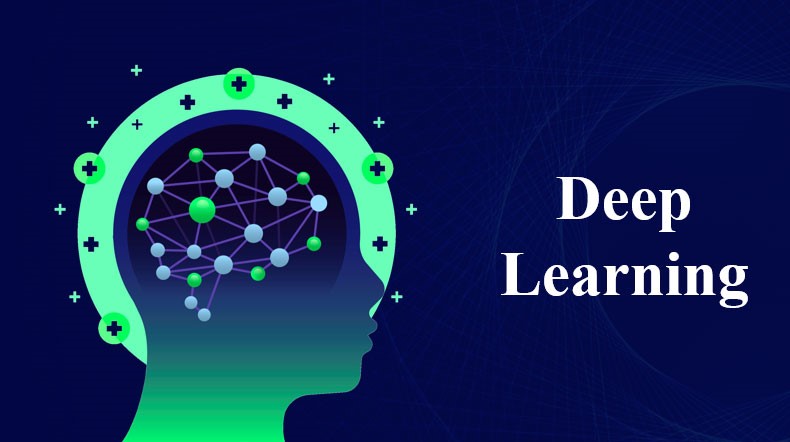What is Deep learning in AI
What is Deep learning in AI
Deep learning is a type of machine learning that uses artificial neural networks with multiple layers to perform tasks that would be difficult or infeasible for traditional machine learning algorithms. These neural networks are designed to mimic the way the human brain processes information, and they can learn from large amounts of data to make predictions, classify objects, or generate new content.
Unraveling the Power of Deep Learning in AI
Artificial Intelligence (AI) has emerged as a transformative force in recent years, with one of its most influential subfields being deep learning. This technology has reshaped the way machines process data, enabling them to tackle complex tasks with remarkable accuracy. In this blog, we’ll delve into the fascinating world of deep learning, exploring its origins, mechanisms, applications, and future prospects.
The Birth of Deep Learning
Deep learning is a subset of machine learning that draws inspiration from the structure and function of the human brain. While the concept of neural networks dates back to the 1940s, deep learning as we know it today began to gain momentum in the early 2000s. The key breakthrough was the development of deep neural networks with many layers, aptly named deep neural networks or deep learning models.
The Neural Network Revival
Neural networks, which simulate the interconnected neurons in our brains, had been around for decades but were largely limited by their shallow structure. Early attempts to train deep neural networks encountered the “vanishing gradient” problem, where gradients (a measure of how much the network’s predictions should be adjusted) became extremely small as they propagated backward through many layers. This made it challenging to effectively train deep networks.
The Deep Learning Architecture
Layers upon Layers
Deep learning models are characterized by their deep architecture, consisting of multiple layers of interconnected nodes, or artificial neurons. These layers can be broadly categorized into:
1. Input Layer:Where data is initially fed into the network.
2.Hidden Layers: Layers between the input and output layers that transform the data.
3. Output Layer: The final layer that produces the model’s prediction or classification.
Weighted Connections
The strength of connections between neurons, known as weights, is a pivotal factor in deep learning. During training, these weights are adjusted to minimize the difference between the model’s predictions and the actual target values. This process, called backpropagation, is the cornerstone of deep learning training.
Deep Learning Applications
The versatility of deep learning is astounding, and it has been applied to a wide range of AI tasks. Some prominent applications include:
1. Computer Vision
Deep learning models have achieved human-level performance in tasks like image classification, object detection, and facial recognition. They power technologies like autonomous vehicles and medical image analysis.
2. Natural Language Processing (NLP)
In NLP, deep learning models like recurrent neural networks (RNNs) and transformer-based architectures have revolutionized machine translation, sentiment analysis, and chatbots.
3. Speech Recognition
Voice assistants like Siri and Alexa rely on deep learning for speech recognition, enabling seamless interaction between humans and machines.
4. Recommender Systems
Deep learning algorithms are behind the personalized recommendations you see on platforms like Netflix, Amazon, and Spotify, enhancing user experiences.
5. Healthcare
Deep learning assists in medical diagnosis, drug discovery, and genomics research, contributing to advancements in healthcare.
Challenges and Future Directions
Deep learning has come a long way, but it’s not without its challenges. These include:
1. Data Requirements
Deep learning models thrive on vast amounts of labeled data, which can be challenging and expensive to obtain for certain domains.
2. Computational Resources
Training deep networks demands significant computational power and memory, making it inaccessible to some researchers and organizations.
3. Interpretability
Understanding the decisions made by deep learning models remains a complex challenge. Interpretable AI is crucial for applications where transparency is essential, like healthcare and finance.
Future of Deep Learning
Despite its challenges, deep learning continues to evolve. Future directions include:
1. Explainable AI (XAI)
Researchers are working on making deep learning models more interpretable and explainable, increasing their trustworthiness.
2. Few-shot and Zero-shot Learning
Efforts to reduce the data requirements of deep learning models are ongoing, allowing them to learn from fewer examples.
3. Cross-domain Transfer Learning
Models are being developed to transfer knowledge learned in one domain to solve problems in other domains, making AI more versatile.
Deep learning has undeniably revolutionized the field of AI, enabling machines to learn and perform tasks that were once considered impossible. As we continue to push the boundaries of this technology, the future holds exciting prospects for deep learning, promising even more intelligent and capable AI systems that will shape our world in ways we can only begin to imagine.
